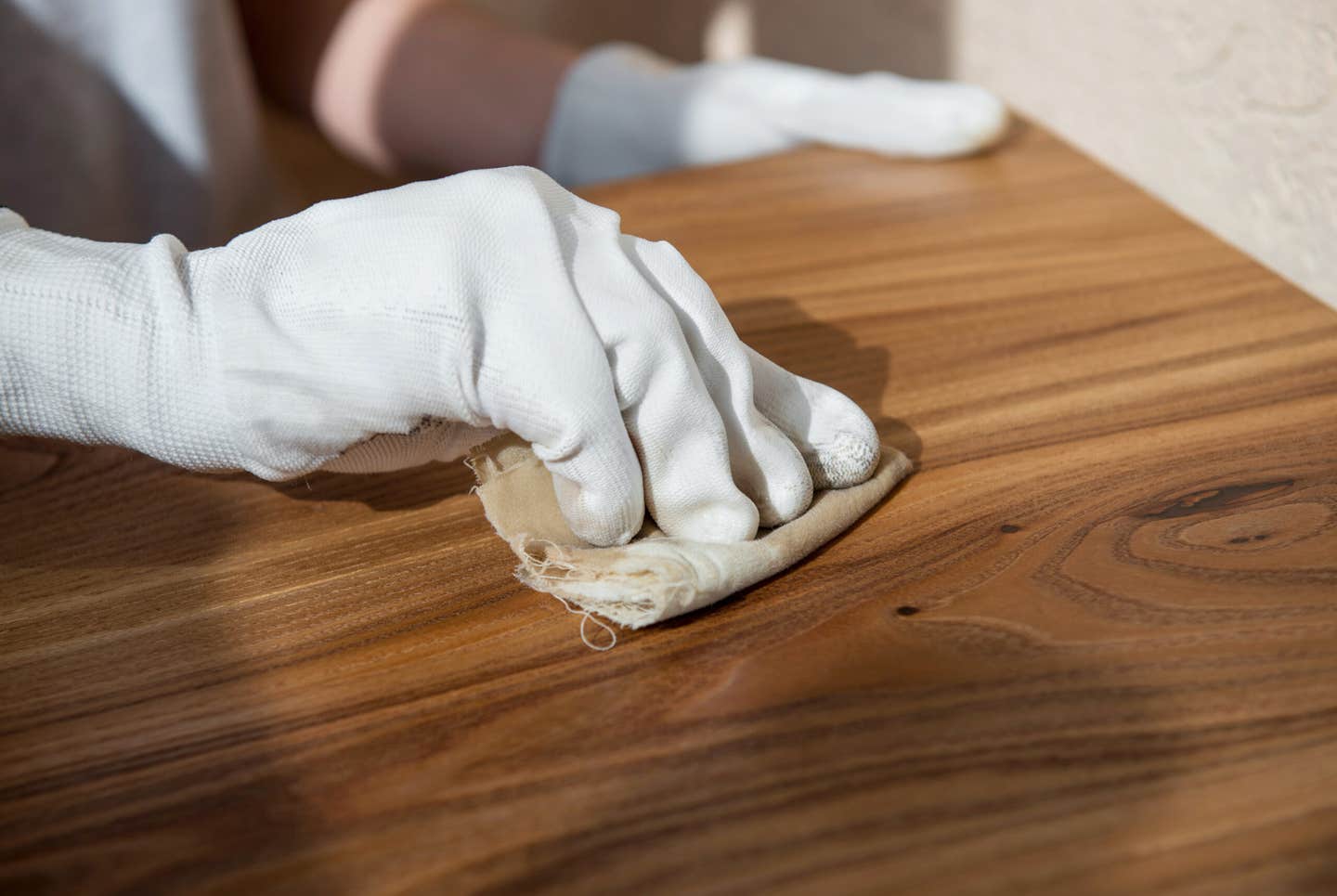Software can speed up the money machine
Four shop examples show computer programs can unexpectedly boost the work rate of your machinery and employees {loadposition position10} There is usually always a problem in the day-to-day operation of…
Four shop examples show computer programs can unexpectedly boost the work rate of your machinery and employees
{loadposition position10}
There is usually always a problem in the day-to-day operation of a shop that needs a solution. The answer for many shops comes in the form of integrating new manufacturing software and new machinery that takes advantages of that software's production capabilities.
In addition to solving the original problem, several shops have found additional benefits to their technological investment. Here are four examples:
A bottleneck solution
A large shop needed to find out which constraint was limiting its production capability. It already had two vertical panel saws and one sliding table saw, but it could not get enough parts cut to keep the rest of the shop busy.
The original thought was to get a nesting router. But considering the shop's client base and needs, when looking at the time trade-off, it instead purchased a beam saw. Software was also purchased for ease of design and custom interface. In this example, Cadcode (www.cadcode.com) and Cabnetware (www.cabnetware.com) were the right solution. Some of the deciding factors were the ability to optimize cuts, have part labels printed at the saw, and the ability to print bar codes on the labels.
For any shop with more than one person, the information about each part needs to follow through the production sequence. With the introduction of the design software and beam saw, the constraint had shifted from cutting to machining. Two years after the first move was made, it was time to purchase a point-to-point. The bar code printed at the beam saw provided all the information necessary for the point-to-point to machine the part as needed.
While the original goal of higher cutting capacity and the secondary goal of quicker machining had now been realized, there were previously unknown benefits developing. The employees found that the beam saw had a superior cut, not just for panels, but with an easy-to-change blade system it was great for straight-edging solid lumber, squaring up doors and cutting solid surface material - all tasks that the previous saws were being used for. The saw is so simple to use that 80 percent of the employees were fully trained in two hours or less.
With the advancement of software, specifically the ACAM module from Cadcode, which adds versatility to AutoCAD (www.auto desk.com) and links it to Cadcode, tasks that were once able to easily be handled only by CNC routers were now able to be machined by a point-to-point. Some examples of this are odd-shaped parts, elliptical profile moldings, part templates and pocketing in the sides of parts, not just boring. Some feel it is easier to set up jigs and fixturing on the point-to-point than on CNC routers.
With the introduction of the software and the computer-controlled machinery, the accuracy of the parts allowed for greatly decreased assembly time and decreased mistakes to a point that the product price points could be shifted, allowing for much more competitive pricing. Thus, more contracts were awarded to the shop. In addition, it needed fewer highly-skilled employees and more lower-skilled employees. The ratio went from 1:1 to 1:5.
All in all, what started out as a need for more parts ended up in a complete revamping of production abilities and a greatly increased bottom line.
Choosing industry-specific software
Computer software for the cabinet industry has been around for quite awhile and has taken away some of the more tedious tasks for many shops. Back in the mid-1990s, our second shop found that the bottleneck for the operation was in the front office.
The drafting and engineering department just could not keep up with production. It was time to get away from the Excel spreadsheet method of generating cut lists, with frequent cut-and-paste errors, and move to design software specifically for the cabinetry profession. CabinetVision (www.cabinetvision.com) was selected. Within a reasonable period of time, one person was able to do the work of many with better productivity, accuracy and throughput using standardized production techniques. What once took 10 processing steps now took one.
With the automatic placement of hardware during the design phase, there were no calculations necessary on the shop floor. Originally the software was used for design and cut lists only. Once the shop was comfortable with the software and its abilities, a CNC router was purchased. Now individuals with a smaller skill set could be hired and, with much less training, assemble cabinets accurately. The parts now come off the machine, get banded and assembled. The original intent for the design software and the CNC had now been realized.
The story does not stop there. Besides being a production tool, the software became a design and sales tool. By using the rendering capabilities of the software, the shop was able to make sales that years earlier it may have lost. Many clients cannot decipher two-dimensional drawings, but can visualize three-dimensional renderings in their application. With the addition of the CNC, the work that once had taken seven employees to fabricate could now be done with two.
In order to expand the capabilities of the shop and further explore the abilities of the CNC router, the shop purchased BobCAD (www.bobcad.com) software, which, integrated with CabinetVision, allows for the creation of custom-curved moldings, radius work and ball mill profiling. In addition to doing manufacturing for its own clients, it has started doing work for other shops.
What started as the ability to increase the speed and accuracy of cut listing in the front office has now led to designing and manufacturing of parts, curved work and dovetailed joinery for direct customers, contractors and other millwork shops. Estimating a job is now quick and easy, and sales proposals are automatically generated.
New machine, new business
Recently, seeing the benefits of other shop's CNC machines, the third shop purchased a CNC router for its cabinet and closet production. It had been using CabinetVision for design and production needs, but needed to get more products out the door quicker. Learning a software program and the mechanics of a CNC router at the same time is extremely daunting. Fortunately the shop already had the software under control before it purchased a machine.
Many of today's software programs offer various modules to meet the needs of a particular shop. By adding the "Screen to Machine" module, this shop was able to use its existing design program with the new machine. There remains a bit of a daily learning curve, but unexplored production techniques are being attempted with excellent results. Knowing that it frequently gets into some more decorative architectural woodworking, the shop also decided to get a lathe attachment and a seat of ArtCAM (www.artcam.com) software.
The software has propelled the shop to another level and opened up niche markets. Now there are walk-in clients with custom rocking-horse designs, one-of-a-kind molding requests for picture frames with asymmetrical shapes and orders for custom carvings. It has the same number of employees with a larger output.
Now the difficult problems are worked out in the front office with the software, not on the shop floor or at the client's location.
A whole new approach
"I buy my machines used and broken," says Shop Owner No. 4.
In order to save a substantial amount of money, and willing to get his hands dirty, this shop owner has been able to fully equip his shop without breaking the bank. A longtime software user, he ran his cabinet shop with traditional machinery. A few years ago he refurbished a CNC, purchased Enroute Pro (www.enroutesoftware.com) and has never looked back.
In the past, 100 percent of his work was for his own clients. Now half is for self-production and half is for others. Working for others has become very profitable. The machine has allowed him to do far more than just the production of rectilinear cabinet parts. He is now mass-producing parts. The clients bring in their designs and custom cutters and he applies the tool paths, or they bring in CAD files ready for tool path generation.
With four different shops and four different success stories, what are the reoccurring themes? First, three were already using design software prior to the purchase of the new machinery. Second, additional software was needed to maximize the ability of the new machines. Third, the machinery was able to fulfill the original needs and purposes. Fourth, the abilities of the machines went far beyond original expectations. Fifth, all shops were able to capitalize and profit from the new opportunities presented to them.
Jim Falk is the owner of Progressive Wood Works in Port Chester, N.Y.
For a wider scope of CNC and CAD/CAM solutions, review our online Resource Guide to find suppliers like KCD Software, SCM Group and ShopBot Tools at www.woodshopnews.com/rgsignup.
This article originally appeared in the April 2010 issue.
A.J. Hamler is the former editor of Woodshop News and Woodcraft Magazine. He's currently a freelance woodworking writer/editor, which is another way of stating self-employed. When he's not writing or in the shop, he enjoys science fiction, gourmet cooking and Civil War reenacting, but not at the same time.







